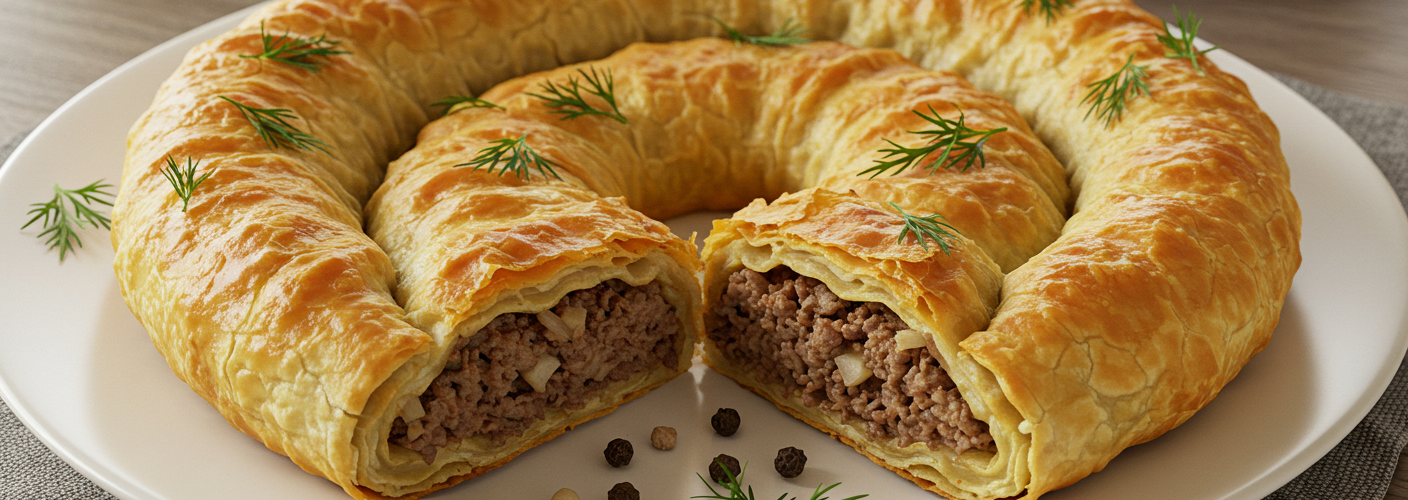When it comes to comfort food that evokes nostalgia, few dishes can compete with borek. This delightful specialty, made from layers of thin, flaky filo pastry, is a staple in many cultures, particularly in the Middle East, Eastern Europe, and the Mediterranean. Borek is not just food; it is a bridge to heritage and family traditions, often prepared for gatherings, celebrations, or simply to savor on a cozy evening at home.
At its core, borek consists of filo pastry enveloping a variety of delicious fillings, making it incredibly versatile. The dough itself is light and crisp, creating a tantalizing contrast with the hearty fillings that lie within. From savory to sweet, the fillings can range from traditional ingredients like spinach and feta cheese, spiced minced meat, or even potatoes, to creative combinations featuring seasonal vegetables and herbs.
One of the most popular variations is the spinach and feta borek, where the earthy greens are combined with the rich, tangy flavor of feta cheese. This combination not only makes for a scrumptious taste profile but also offers a healthy option loaded with nutrients. For meat lovers, the minced meat borek, often seasoned with spices like cumin and paprika, provides a hearty and satisfying meal that pairs beautifully with a side of yogurt or a fresh salad.
The process of making borek, while seemingly simple, requires a bit of skill. Each layer of filo pastry must be carefully brushed with oil or melted butter to achieve that signature crispy texture upon baking. Crafting borek often becomes a communal activity, with friends and family gathering around the kitchen, each person adding their touch to the comforting dish. This aspect of preparation adds to the charm of borek, turning it into a fun and engaging experience.
Borek not only pays homage to its origins but also adapts and transforms with each culture. In Turkey, for instance, it’s known as “börek,” while in Greece, you might find “tiropita” or “spanakopita,” variations that highlight local flavors and ingredients. The Middle Eastern take often includes spices like sumac or additional fillings such as za’atar blended into the mix. Each region showcases their unique flair, but the essence of borek remains the same—a deliciously warm, flaky parcel of goodness.
For those who wish to try making borek at home, the internet abounds with recipes that cater to both novices and skilled bakers. Starting with store-bought filo pastry can ease the initial pressure, allowing you to focus on mastering the art of the filling. Experimenting with different flavor combinations is highly encouraged; the only limit is your imagination!
Borek can be served as a hearty snack, a main dish, or even as a side during festive occasions. Whether enjoyed at a street food stall while traveling or as a homemade specialty at a family dinner, borek is sure to bring smiles and satisfaction.
In an age of fast food and convenience eating, taking the time to prepare and enjoy borek pays tribute to culinary heritage and fosters connections with loved ones. The next time you indulge in this delightful pastry, savor not only the flavors but the stories and traditions that accompany this beloved dish.




Add comment